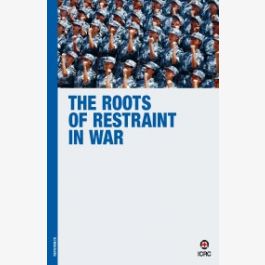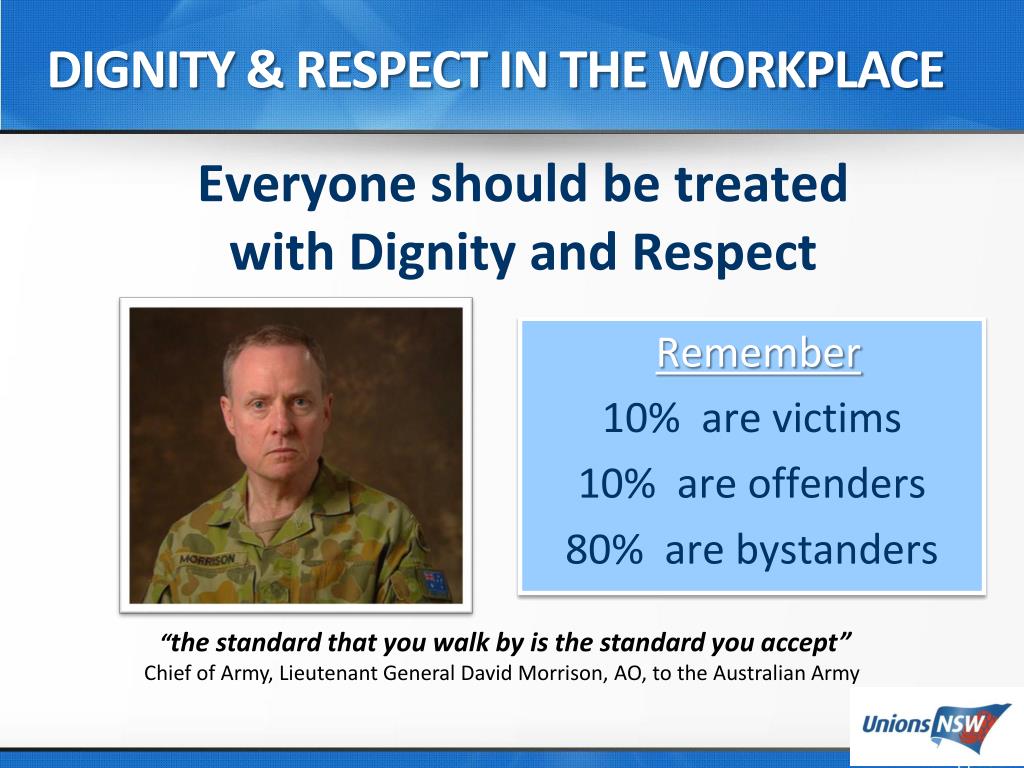A soldier is faced with a choice. The commander wants their recommendation on whether to take out a high-value target in a populated area, or not. The target is the largest producer of explosive weapons in the region, the insurgency’s top bomb-maker. Eliminating the target will significantly reduce the risk of attack and increase security in the area. Military leadership describes this person as a high-value objective. The target is temporarily staying in a residential area, a medium-sized town. Despite taking all possible precautions to curb collateral damage, civilian casualties are expected. It is the commander’s call, but the soldier must give a recommendation. The soldier makes their choice.
When this scenario was put to selected members of the Australian Defence Force (ADF) recently without further information, most were in favour of engaging the target. A second group was given the same scenario but told that the unit’s legal officer thought the operation would violate International Humanitarian Law. The strength of support for the mission dropped. In contrast, another group was given the scenario but told the majority of soldiers in the unit believed the operation was unethical. Support for the mission hovered around the level of ambivalence. A final group was given the scenario as well as both pieces of additional information -- from the legal officer and the majority of soldiers in the unit. Support for the mission plunged into negative territory - most noticeably for officers. The tipping point, it seemed, was the combined effect of these formal and informal sources of influence.
This scenario formed a key survey question in research conducted by the International Committee of the Red Cross that sought to identify the roots of restraint in war. The question is telling for what it reveals about how the behaviour of state armed forces like the ADF can be influenced. It reflects the influence of the peer group. It finds that Australian officers were more likely to be influenced by both the legal assessment and opinions of unit members than enlisted soldiers were. And it shows that the combination of formal and informal mechanisms were most effective in influencing these officers to exercise restraint.

Released in June 2018, the ICRC’s Roots of Restraint report surveyed more than 400 Australian soldiers to try and understand this relationship between fighters and restraint – defined as any deliberate attempt to limit violence. The report is the result of two years of research with state militaries in Australia and the Philippines, non-state armed groups like FARC in Colombia and Ansar Dine in the Sahel as well as community-embedded fighters like the cattle herders of South Sudan. It comes at a time when conflict is changing. Wars are lasting longer, involving coalitions of increasing numbers of actors. They are fought more in urban areas, incurring more civilian casualties. In fact, more armed groups have emerged in the last six years than in the last six decades. These realities on the ground give the report its urgency. To ensure civilians, detainees, the wounded and others are protected by the rules of war, it pays to understand how a culture of restraint can be cultivated.
Research like the Roots of Restraint has changed the ICRC’s approach to its humanitarian work before. The organisation’s 2004 study, the Roots of Behaviour in War, catalysed a shift from simply disseminating information about the rules of war to integrating them into army manuals, doctrine and operating procedures. Fourteen years later, the ICRC wanted to examine other possible influences on behaviour. The Roots of Behaviour strongly advocated for International Humanitarian Law as a formal and objective guide, in contrast to the perceived shifting sands of morals, ethics and values. While the Roots of Restraint corroborates the importance of the law and training in setting standards, it also calls for a greater focus on informal mechanisms of restraint - like ‘mateship’ or a ‘warrior's honour’. The report found that armed groups with a decentralised structure are more susceptible to external and informal influences. And while state militaries still make up the bulk of the world’s fighters, the proliferation of decentralised non-state armed groups reinforces the need to take a closer look at the informal norms guiding them. The key here is socialisation, the process by which norms are internalised.

The trick is that these informal norms are a double-edged sword. They can bolster the law just as they can undermine it. The persistence of ‘hazing’ practices and instances of sexual abuse in military forces, despite all the laws, reforms, investigations and disciplinary measures to the contrary, are testament to the power of informal norms. In response, state armed forces in the Philippines and Australia have turned to army ‘values’ as a means of reconciling the formal with the informal, creating something of a hybrid. While not formally enforced in the way the law is, these values have clear implications for career prospects. They seek to define the identity of the institution, influencing the values of those within it. The introduction of ‘respect’ as an army value alongside ‘courage’, ‘initiative’, and ‘teamwork’ by Lieutenant General David Morrison in 2013 is a case in point. In the surveys, ADF members of all ranks pointed to the influence of these values on their behaviour.
Yet whether formal or informal, how these norms of restraint are delivered and by whom has a major influence on their uptake. The research finds that one of the biggest challenges facing groups like the ADF is the skepticism of junior soldiers towards abstract legal principles. An example of this skepticism could be the question: why should these soldiers comply with the rules of war if their opponents will not? The greatest influence on the thoughts and behaviour of these young soldiers was the example set by junior non-commissioned officers - preferably with combat experience. Mixed training methods matter, too. International Humanitarian Law briefings, classroom discussions, case studies and field exercises all have a role to play. Not least, these ethical lessons need to be tested under duress. The Australian Army’s Royal Military College Duntroon has already recognised this need, introducing intensive ethics training programs after standards were seen to slip during prolonged field exercises.
For an organisation that talks to a lot of armed groups, what the ICRC takes away from these findings is that its humanitarian mission can gain more traction by combining formal and informal norms in practice. There is a need for organisational values as well as for the law that underpins them, for while the law establishes standards of behaviour, internalising values can help those standards endure. What happens next is to consider how to implement these findings in the field, how to tailor the message and who to partner with. In this changing conflict environment, these are questions for the ADF as much as for the ICRC.
For more take a look at this short video from the ICRC.









